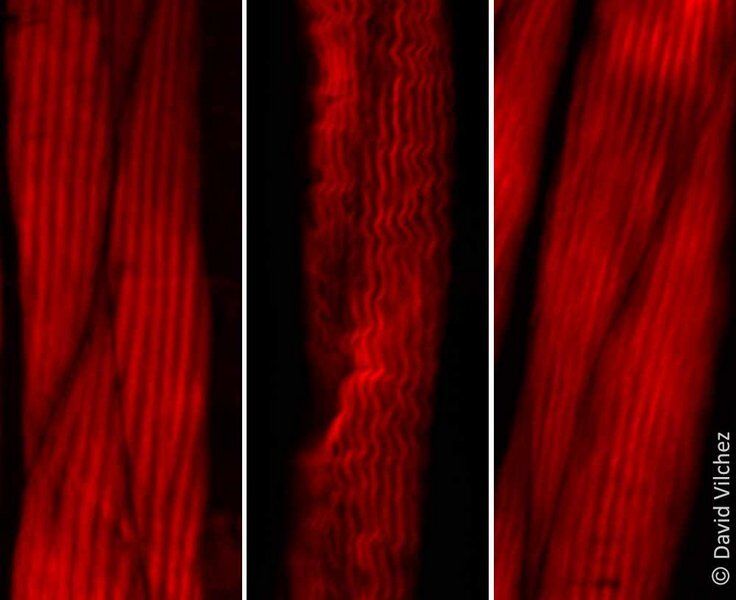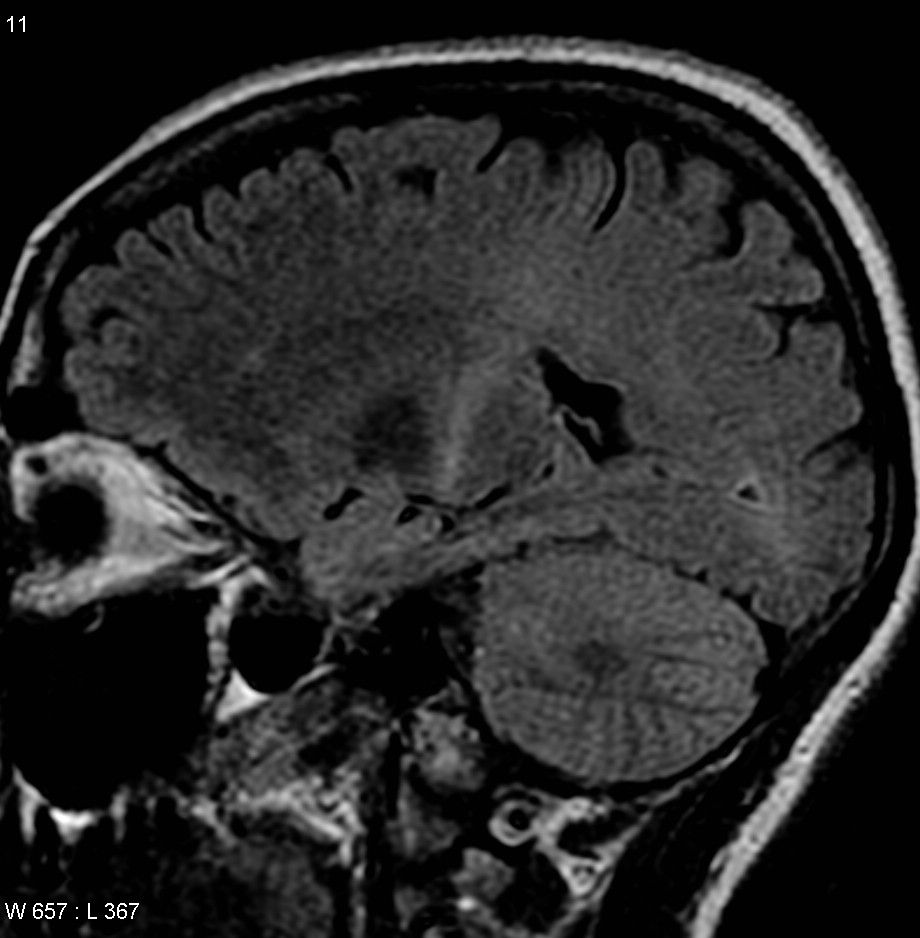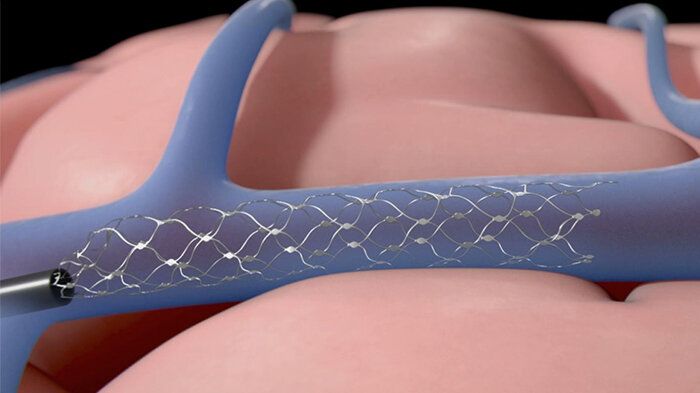Scientists have discovered that the protein ubiquitin plays an important role in the regulation of the aging process. Ubiquitin was previously known to control processes such as signal transduction and metabolism. Prof. Dr. David Vilchez and his colleagues at the CECAD Cluster of Excellence for Aging Research at the University of Cologne performed a comprehensive quantitative analysis of ubiquitin signatures during aging in the model organism Caenorhabditis elegans, a nematode worm broadly used for aging research. This method—called ubiquitin proteomics—measures all changes in ubiquitination of proteins in the cell.
The resulting data provide site-specific information and define quantitative changes in ubiquitin changes across all proteins in a cell during aging. A comparison with the total protein content of a cell (proteome) showed which changes have functional consequences in protein turnover and actual protein content during aging. The scientists thus discovered new regulators of lifespan and provide a comprehensive dataset that helps to understand aging and longevity. The article, “Rewiring of the ubiquitinated proteome determines aging in C. elegans,” has now been published in Nature.
“Our study of ubiquitin changes led us to a number of exciting conclusions with important insights for understanding the aging process,” said Dr. Seda Koyuncu, lead author of the study. “We discovered that aging leads to changes in the ubiquitination of thousands of proteins in the cell, whereas longevity measures such as reduced food intake and reduced insulin signaling prevent these changes.” Specifically, the researchers found that aging causes a general loss of ubiquitination. This is caused by the enzymes that remove ubiquitin from proteins become more active during aging. Normally, ubiquitinated proteins are recognized and destroyed by the proteasome, the cell’s garbage truck. The scientists showed that the longevity of organisms is determined by age-related changes in the degradation of structural and regulatory proteins by the proteasome.






